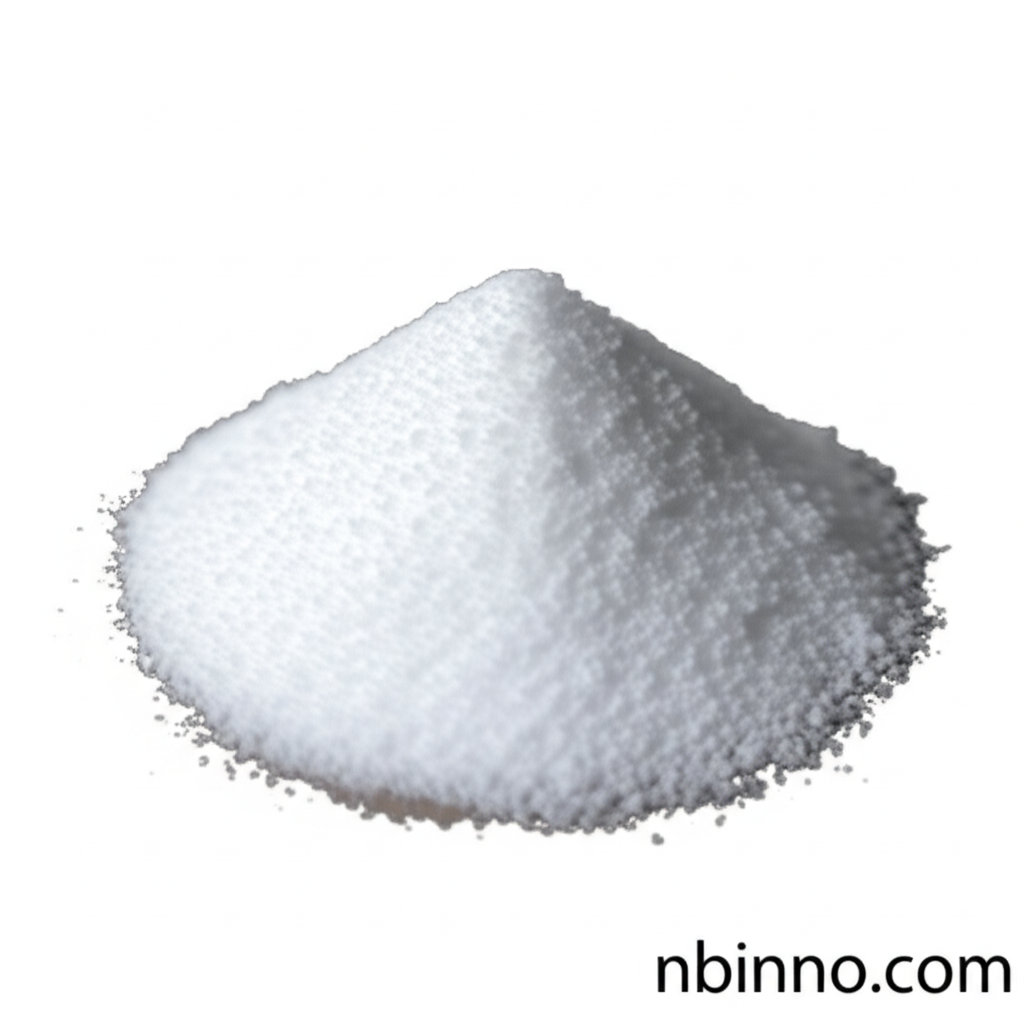Unlocking Metabolic Pathways: A Deep Dive into 3-Bromopyruvic Acid's Role in Cellular Energy and Disease Research
Explore the biochemical versatility of Bromopyruvic acid, a key player in energy metabolism and disease research.
Get a Quote & SampleProduct Core Value

Bromopyruvic acid
Bromopyruvic acid, identified by CAS number 1113-59-3, is a crucial compound known for its significant role as a hexokinase II inhibitor. This chemical intermediary is vital for researchers investigating cellular energy pathways and their dysregulation in various diseases, particularly cancer. Its ability to interfere with glycolysis makes it a subject of interest for developing novel therapeutic strategies.
- Investigate the impact of 3-bromopyruvic acid on cancer metabolism by understanding its potent hexokinase II inhibitory action.
- Discover the antimicrobial properties of 3-bromopyruvic acid, offering potential avenues for new treatments against resistant microorganisms.
- Utilize 3-bromopyruvic acid for organic synthesis and biochemical research, leveraging its reactivity as a brominated derivative of pyruvic acid.
- Explore the research applications of 3-bromopyruvic acid CAS 1113-59-3 in understanding cellular biochemistry and drug action mechanisms.
Advantages Offered by the Product
Metabolic Pathway Modulation
Leverage 3-bromopyruvic acid's function as a hexokinase inhibitor to study critical cellular energy production pathways, aiding in the development of treatments for metabolic disorders.
Antimicrobial Potential
Explore the antimicrobial properties of 3-bromopyruvic acid, which shows promise in inhibiting the growth of certain yeast strains and could lead to new antimicrobial agents.
Versatile Chemical Reactivity
The compound's structure makes it valuable for various applications in organic synthesis, serving as a building block for complex organic molecules and biologically active substances.
Key Applications
Cancer Research
Understanding the role of 3-bromopyruvic acid in inhibiting tumor cell energy metabolism is crucial for developing targeted cancer therapies.
Biochemical Studies
As a key biochemical reagent, it aids in elucidating complex cellular processes and enzyme mechanisms, contributing to advancements in life sciences.
Organic Synthesis
The compound's chemical structure facilitates its use in creating novel organic compounds and intermediates for various industrial and research purposes.
Drug Discovery
Its unique inhibitory properties make 3-bromopyruvic acid a valuable tool in identifying potential drug targets and exploring new therapeutic avenues.
